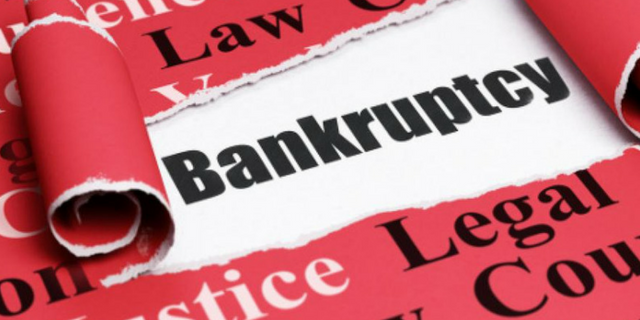Comprehending Personal bankruptcy
Insolvency offers a private or business a possibility to begin fresh by forgiving debts that just can not be paid while offering creditors a possibility to acquire some procedure of payment based on the individual's or company's properties readily available for liquidation. In theory, the ability to file for insolvency advantages the general economy by permitting individuals and business a 2nd chance to gain access to credit and by providing lenders with a portion of debt repayment. Upon the successful completion of insolvency procedures, the debtor is eliminated of the debt obligations that were incurred prior to declaring insolvency.
All personal bankruptcy cases in the United States are handled through federal courts. Any decisions in federal bankruptcy cases are made by a bankruptcy judge, consisting of whether a debtor is eligible to file and whether they must be released of their financial obligations. Administration over insolvency cases is frequently dealt with by a trustee, an officer designated by the United States Trustee Program of the Department of Justice, to represent the debtor's estate in the proceeding. There is usually very little direct contact in between the debtor and the judge unless there is some objection made in the case by a financial institution.
Kinds Of Personal Bankruptcy Filings
Insolvency filings in the United States fall under one of several chapters of the Bankruptcy Code, including Chapter 7, which involves the liquidation of assets; Chapter 11, which handles company or private reorganizations; and Chapter 13, which arranges for debt repayment with decreased financial obligation covenants or specific payment strategies. Personal bankruptcy filing costs vary, depending upon the type of personal bankruptcy, the complexity of the case, and other factors.
Chapter 7 Insolvency

Individuals-- and in many cases companies, with couple of or no possessions-- generally file Chapter 7 bankruptcy. It allows them Additional hints to dispose of their unsecured financial obligations, such as credit card balances and medical costs. Those with nonexempt possessions, such as household heirlooms (collections with high evaluations, such as coin or stamp collections); second houses; and cash, stocks, or bonds need to liquidate the property to pay back some or all of their unsecured debts. An individual submitting Chapter 7 bankruptcy is generally selling off their properties to clear their debt. People who have no important assets and only exempt home-- such as household products, clothing, tools for their trades, and a personal lorry worth approximately a particular value-- might wind up repaying no part of their unsecured financial obligation.
Chapter 11 Bankruptcy
Companies typically file Chapter 11 personal bankruptcy, the objective of which is to reorganize, remain in organisation, and once again become rewarding. Submitting Chapter 11 personal bankruptcy allows a company to produce strategies for success, cut expenses, and discover brand-new methods to increase revenue. Their preferred stockholders, if any, may still receive payments, though common stockholders will not.
For example, a housekeeping organisation filing Chapter 11 bankruptcy might increase its rates a little and provide more services to end up being lucrative. Chapter 11 personal bankruptcy permits the service to continue performing its company activities without disturbance while working on a debt repayment strategy under the court's guidance. In unusual cases, people can likewise file Chapter 11 bankruptcy.
Chapter 13 Bankruptcy
Individuals who make excessive cash to qualify for Chapter 7 insolvency might file under Chapter 13, also understood as a wage earner's strategy. It permits individuals-- along with companies, with constant income-- to produce workable financial obligation repayment strategies. The payment strategies are commonly in installments throughout a three- to five-year duration. In exchange for repaying their financial institutions, the courts permit these debtors to keep all of their home, consisting of otherwise nonexempt residential or commercial property.
Other Insolvency Filings
While Chapter 7, Chapter 11, and Chapter 13 are the most common bankruptcy procedures, particularly as far as individuals are worried, the law also offers numerous other types: